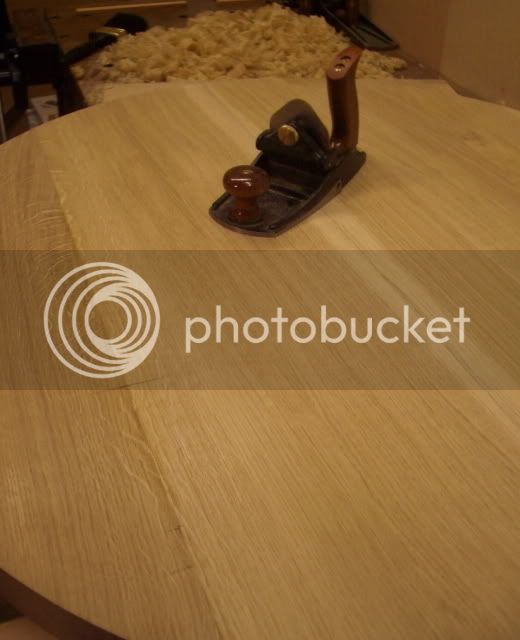John15
Established Member
I'm currently making a 1500 x 900mm oak dining table for my own use. I have completed the legs and rails satisfactorily but have run into trouble with the four no. boards for the top. The boards were bought sawn 27mm thick with the intention to plane to around 20mm. I first reduced the thickness to 22mm on my p/t but there was a lot of tear-out despite only taking off around 0.5mm with each pass. To attempt final finishing I have used a smoother and a block plane, and a scraper but have been unable to illuminate the tear-out. My question is should I adopt a different method or is it extremely difficult to produce a good finish to certain cuts of oak. The wood is not quarter sawn as I dislike maddulery (wrong spelling?) rays - I think they look messy. I'm tempted to bite the bullet and buy in replacement material but what cut should I be looking for?
John
John



































